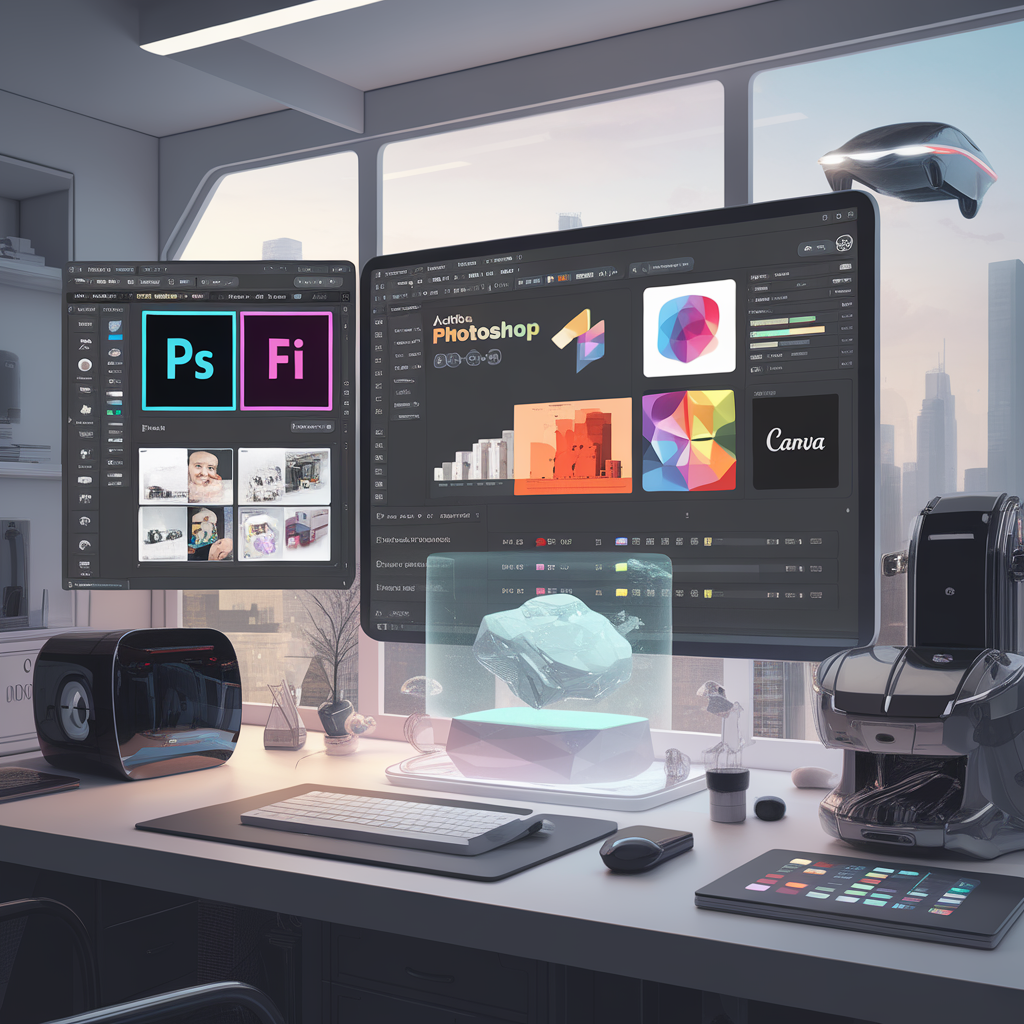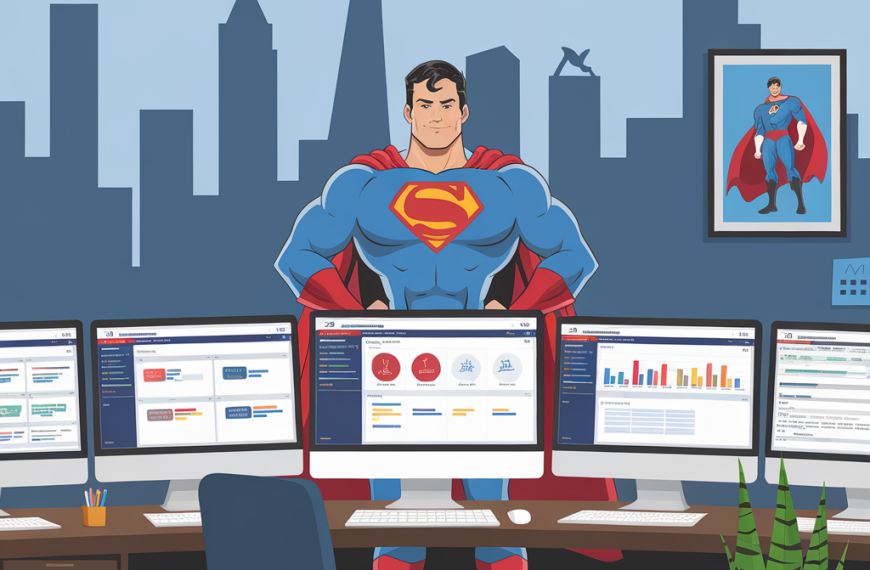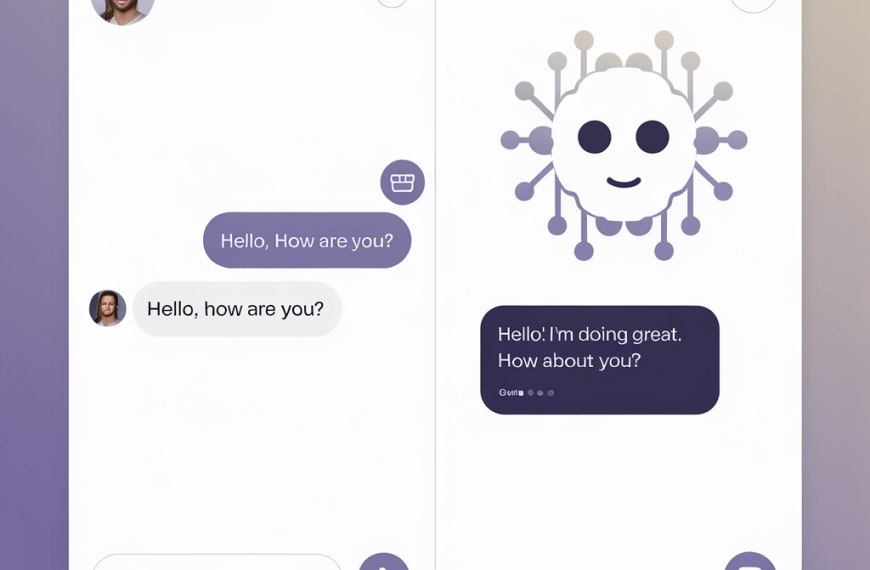Expert Picks: Our Team’s Top Design Software Tools in 2025

Introduction: The Evolving Design Landscape
In the fast-paced world of design, staying ahead of the curve is crucial. As we step into 2025, the design landscape continues to evolve, driven by technological advancements and changing consumer expectations. Designers are now equipped with more powerful tools than ever, enabling them to push creative boundaries and deliver stunning visuals. This blog post explores the top design software tools of 2025, offering insights into their features, benefits, and why they stand out in the industry.
The Current Design Software Landscape in 2025
The design software market in 2025 is characterized by a blend of traditional powerhouses and innovative newcomers. With the rise of AI and machine learning, design tools are becoming more intuitive, offering features that enhance productivity and creativity. Let’s delve into the top design software tools that are making waves this year.
Top Design Software Tools of 2025
Adobe Photoshop
Adobe Photoshop remains a staple in the design industry, renowned for its robust features and versatility.
- Key Features: Advanced photo editing, 3D design capabilities, and AI-powered tools.
- Pros: Comprehensive toolset, regular updates, and strong community support.
- Cons: Steep learning curve, subscription-based pricing.
Adobe Illustrator
Adobe Illustrator is the go-to tool for vector graphics, offering precision and flexibility.
- Key Features: Vector editing, typography tools, and seamless integration with other Adobe products.
- Pros: High-quality output, extensive plugin support.
- Cons: Resource-intensive, can be complex for beginners.
Adobe InDesign
For layout design, Adobe InDesign is unmatched, providing tools for creating stunning print and digital media.
- Key Features: Layout design, typography control, and interactive PDFs.
- Pros: Professional-grade output, integration with Adobe Creative Cloud.
- Cons: Expensive, requires a learning curve.
Figma
Figma has revolutionized collaborative design, offering a cloud-based platform for UI/UX design.
- Key Features: Real-time collaboration, prototyping, and design systems.
- Pros: Easy collaboration, browser-based, free tier available.
- Cons: Limited offline capabilities, can be slow with large files.
Canva
Canva democratizes design with its user-friendly interface and vast template library.
- Key Features: Drag-and-drop editor, extensive templates, and social media integration.
- Pros: Intuitive, affordable, great for non-designers.
- Cons: Limited advanced features, less control over design elements.
Affinity Designer 2
Affinity Designer 2 offers a cost-effective alternative to Adobe Illustrator with professional-grade features.
- Key Features: Vector and raster design, non-destructive editing.
- Pros: One-time purchase, fast performance.
- Cons: Smaller community, fewer tutorials available.
Procreate
Procreate is a favorite among digital artists, known for its powerful drawing capabilities on the iPad.
- Key Features: Extensive brush library, intuitive interface, and animation tools.
- Pros: Affordable, highly responsive.
- Cons: iOS exclusive, lacks vector support.
CorelDRAW Graphics Suite
CorelDRAW continues to be a strong contender in the design software market, offering a comprehensive suite for vector illustration and layout.
- Key Features: Vector illustration, layout design, and photo editing.
- Pros: Versatile, strong community support.
- Cons: Expensive, less intuitive than competitors.
Comparison with Previous Years’ Tools
Compared to previous years, 2025’s design tools have seen significant advancements in AI integration, collaboration features, and user experience enhancements. Tools like Figma have set new standards for collaborative design, while traditional tools like Adobe Photoshop continue to innovate with AI-powered features.
Insights from Industry Experts
Industry experts highlight the importance of choosing the right tool based on specific needs. While Adobe’s suite remains a powerhouse, tools like Figma and Canva offer unique advantages for collaborative and quick design tasks. The key is to balance functionality with ease of use, ensuring the tool aligns with the designer’s workflow.
Conclusion: Choosing the Right Tool for Your Design Needs
Selecting the right design software is crucial for maximizing creativity and efficiency. Whether you’re a seasoned professional or a budding designer, understanding the strengths and limitations of each tool will guide you in making an informed decision. Explore these tools, leverage their features, and elevate your design projects in 2025.
SEO Strategy
- Primary Keyword: Design software tools 2025
- Secondary Keywords: Adobe Photoshop, Figma, Canva, design landscape
- Meta Description: Discover the top design software tools of 2025, featuring Adobe Photoshop, Figma, and more. Learn about their features, pros, and cons.
- Suggested Image Alt Text: A futuristic design workspace with various design software tools on a digital screen.
Categories
- Buying Guides & Tips (ID: 16)
- Comparison Guides (ID: 15)
- Latest 2025 (ID: 14)
- Software Reviews (ID: 6)
- Top Picks (ID: 18)


 By
By


